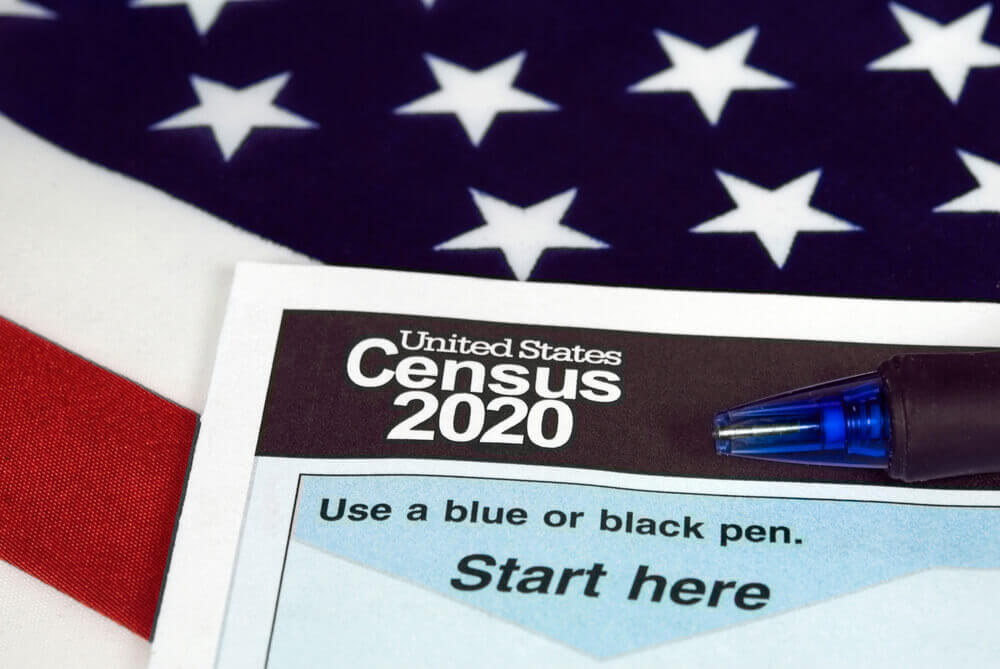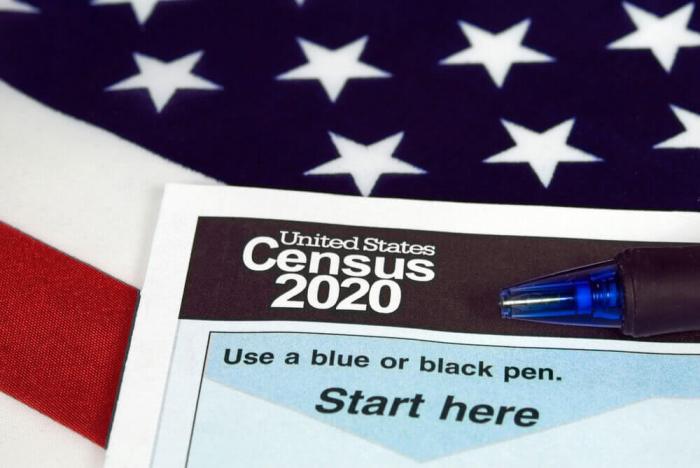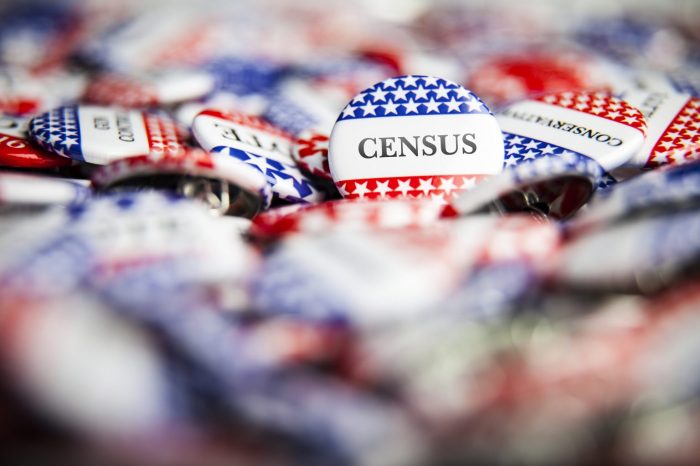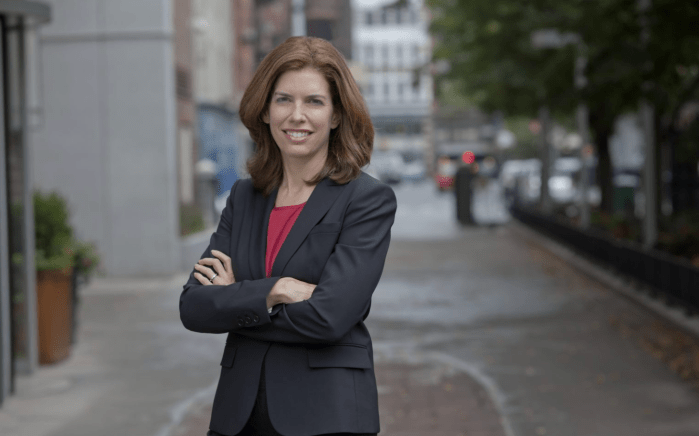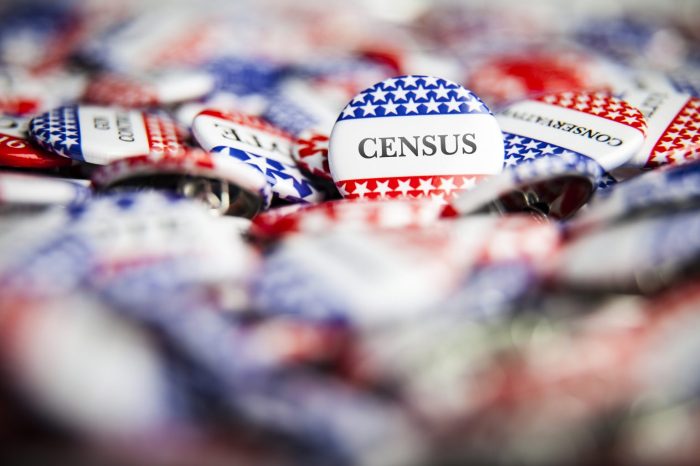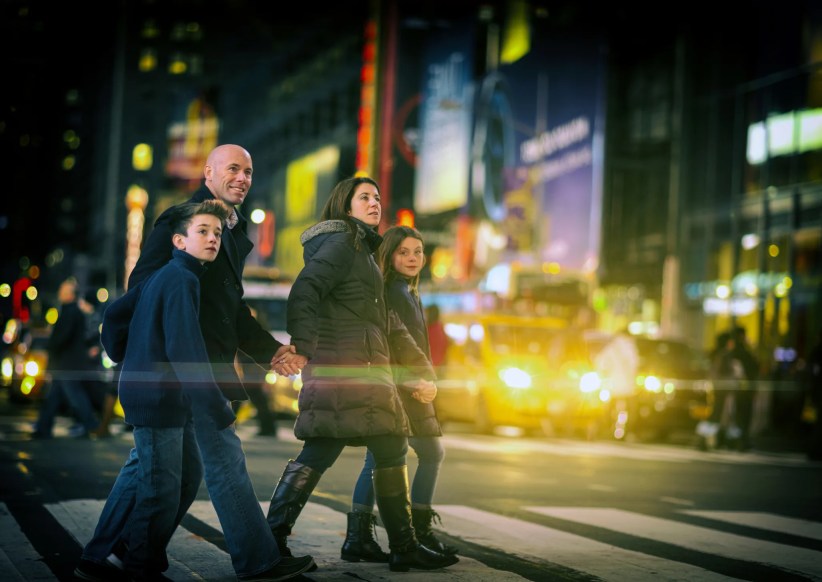New Yorkers will have at least a few more days to get counted in the 2020 Census and raise the city’s self-response rate, after a judge ruled to reject President Donald Trump’s attempt to cut it short by a month.
Julie Menin, Director of NYC Census 2020 and Executive Assistant Corporation Counsel, NYC Law Department said they applaud U.S. District Judge Lucy Koh in California for her decision — which noted a premature end date for the census could lead to an inaccurate count, among other consequences.
“We applaud the Ninth Circuit for its decision to uphold Judge Koh’s ruling and reject the Trump Administration’s latest attempt to cut the 2020 Census short,” Menin said. “With the law on our side, we are confident that the nation’s courts will continue to find the Trump Administration’s repeated attempts to manipulate and undermine the census to be illegal and unconstitutional, and we will not be deterred in our efforts to ensure that every New Yorker is counted.”
In July, the president sent a memorandum that attempted to bar undocumented immigrants from being counted — but several Queens electeds called him out on the attempt and promised legal action.
The Department of Commerce, which oversees the census, said Oct. 5 will be the last date for the self-response portion of the process.
Currently, New York’s self-response rate is at 63.6 percent, with the national average at 66.6 percent.
On Thursday, Oct. 1, Mayor Bill de Blasio said the city’s Census team is gearing up for more outreach in places in Queens and Brooklyn with low response rates.
“The gap between us and the national average rate is 5.6 percent. That is a lot less than it was in 2010 and even earlier this year,” de Blasio said. “That gap is crucial, because remember the results are comparative — the better you do against the national average, the more resources you get. So we’ve done well, especially in the context of the pandemic.”
The push to get all Queens residents counted continues. In western Queens, response rates vary depending on the neighborhood.
But according to the rates by congressional districts, response rates are mostly hovering below the statewide average.
Congresswoman Grace Meng pointed out District 6 is at a 65 percent self response rate, which is above the state’s rate but still below the national rate.
“For more than two years, I have emphasized how vital it is for New Yorkers to participate in the census. I cannot overstate the importance of accurate and reliable census data,” Meng told QNS.
To help ensure a complete and accurate count, the Congresswoman has partnered with the U.S. Census Bureau, NYC Census 2020 and local community organizations in calling for constituents to complete the census.
“A decade’s worth of federal funding and political power depends on all of us participating in the census. I cannot stress this enough – there are no do-overs with the census; there are no second chances. A mistake is a 10-year mistake,” Meng said.
Neighboring District 14, represented by Congresswoman Alexandria Ocasio-Cortez, is at a 61 percent self response rate.
The district, split between the Bronx and northern Queens, has some of the borough’s most hard to count populations — not to mention those hardest hit by the COVID-19 pandemic.
In August, Ocasio-Cortez launched a $1 million campaign to boost the response rate, which was at the time in the low 50s. They mainly focused on educating the community on the importance of filling out the census.
“When we do not know that families exist, which is what happens when we get an undercount of the Census, we can’t fund schools, we can’t fund infrastructure, we don’t know where to put hospitals, and this results in the situation that we have in Corona, which is one of the most overcrowded school districts in the city,” Ocasio-Cortez said.
District 12, represented by Maloney, is at 60 percent self-response rate. The district encompasses distinct neighborhoods of Queens, Manhattan and Brooklyn.
Maloney said that while the she worked with several community groups and leaders to boost response rates in the district’s hard to count populations, a significant portion of the neighborhoods that previously had a more reliable response rate left the city during the pandemic.
“We are working on reaching these New Yorkers through social media and texting campaigns,” Maloney said.
In a report released by Maloney and the Oversight Committee in July, if New York has at least a 1 percent undercount, the state could lose $7.3 million in federal funding for schools that have a high proportion of students living in poverty and $3.7 million in federal funding for job training centers and career counseling.
The NYC Census 2020 team is still conducting campaigns to boost response rates, including the “Battle of the Boroughs” that is meant to create opportunities for New Yorkers to support local restaurants, while mobilizing their communities to get out the census count via email, mail, or phone.
The winning Borough will have the highest self-response rate increase between September 23 and Oct. 5.
The census takes less than ten minutes to fill out and is available online at 2020census.gov.

